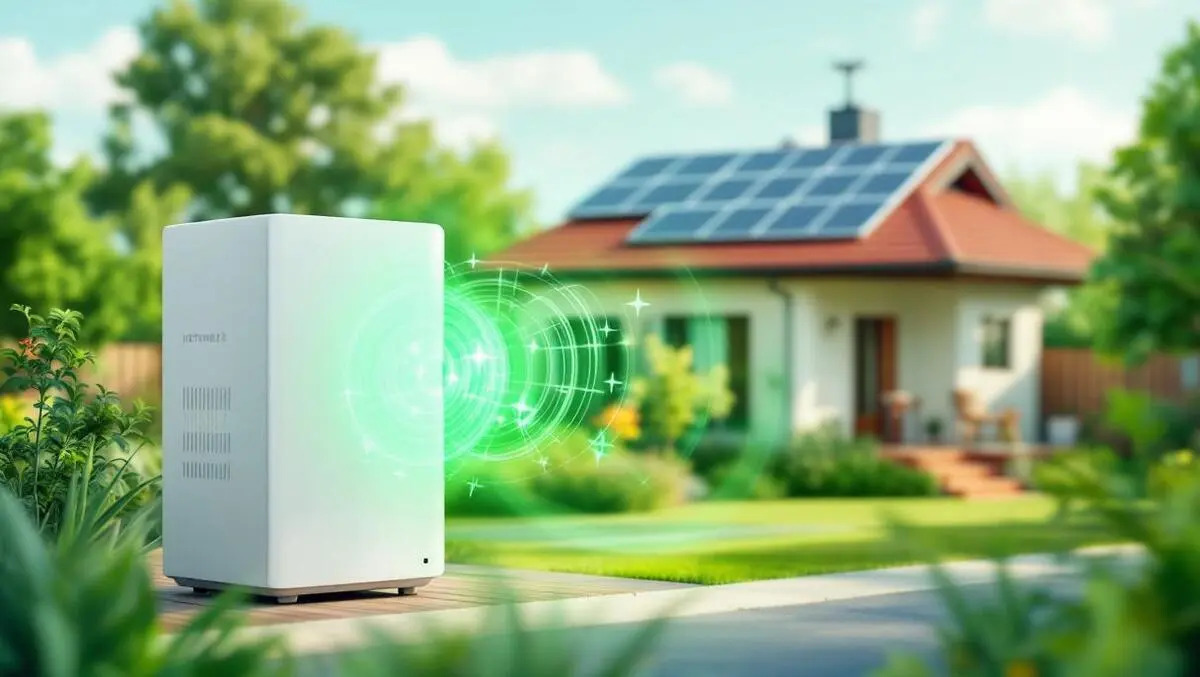NBN Co has commenced the rollout of energy-efficient network connection boxes for Australian homes and businesses designed to support higher speeds while reducing energy consumption and resource use.
The new devices, known as Network Termination Devices (NTDs), act as the nbn connection box, serving as the gateway to connect Wi-Fi routers and all internet-connected equipment within the premises. According to the company, these next generation NTDs are approximately 33 percent more energy-efficient than their predecessors, consuming on average 4.2 Watts compared to the previous generation’s 6.4 Watts.
This upgrade in efficiency is estimated to save an amount of annual energy per device roughly equivalent to watching 200 hours of television on a 55-inch smart TV. The enhancements come as part of NBN Co’s broader programme to achieve a 60 percent reduction in greenhouse gas emissions per device by the financial year 2030, using the 2021 financial year as a base.
Efficiency drive
Customers receiving an nbn connection for the first time, or those upgrading to fibre, will be provided with the new energy-efficient NTDs. These devices not only reduce energy demand, but their design also leads to a significant reduction in material use. The combined weight of the new NTDs, including their power supply and wall brackets, averages 400 grams compared to the previous device’s 1,165 grams.
In line with the company’s focus on natural resource conservation, the new NTD cases and wall brackets feature roughly 84 percent post-consumer recycled plastic. Furthermore, all paper, wood fibre, and cardboard packaging used with the devices is derived from 100 percent recycled content, and single-use plastic packaging has been eliminated from the new line of devices.
Steve Smith, Executive General Manager for Safety, Wellbeing and Sustainability at NBN Co, highlighted the significance of the network as essential national infrastructure, while outlining the aims for the new hardware.
“The nbn network is critical digital infrastructure and a platform for connecting people and powering progress, enabling Australians to work remotely, start and grow businesses, access healthcare, connect with education, and remain close to the people who matter most. These new FTTP NTDs are approximately 33 per cent more energy efficient for nbn, consuming around 4.2 Watts, on average, compared to around 6.4 Watts consumed by the previous FTTP NTD. This goes towards our commitment to reduce our own environmental impact through improved energy efficiency of nbn customer premises equipment used to connect homes and businesses across the nation.”
Speed upgrades
The new equipment rollout coincides with NBN Co’s introduction of its Accelerate Great programme, which has seen a significant uplift in available wholesale download and upload speeds on selected nbn plans using Fibre to the Premises (FTTP) and Hybrid Fibre Coaxial (HFC) technologies. The nbn Home Fast product has been upgraded from 100/20 Mbps to a fivefold increase in wholesale download speed at 500/50 Mbps. The Home Superfast product has moved from 250/25 Mbps to 750/50 Mbps, and the Home Ultrafast service has been enhanced to offer up to 1000/100 Mbps, depending on network and equipment factors.
Additionally, NBN Co has launched multi-gigabit wholesale download speed options under its Home Hyperfast tier, with customers accessing speeds up to 2,000/200 Mbps on FTTP connections and 2,000/100 Mbps on HFC connections. These options are available via participating retail service providers for eligible residential and business customers and the company states there are no changes to the wholesale pricing of these enhanced tiers resulting from the Accelerate Great programme.
Emissions targets
Alongside the hardware and service upgrades, NBN Co has brought forward its net-zero greenhouse gas emissions goal from 2050 to 2045, both for its operations and its value chain. The company’s commitment to net-zero emissions in its operations and across the supply chain has been validated by the global Science Based Targets initiative (SBTi).
In particular, NBN Co aims to maintain a minimum 95 percent reduction in absolute scope 1 and 2 greenhouse gas emissions from 2030 through 2045, measured from a 2021 base year. The company also targets a 90 percent reduction in scope 3 emissions by 2045. Near-term targets, also validated by the SBTi, include a 95 percent reduction in absolute scope 1 and 2 emissions by 2030, and a 60 percent reduction per device in scope 3 emissions from sold products within the same timeframe. Furthermore, NBN Co expects 80 percent of its suppliers by spend to have set science-based targets for emissions reduction by the 2027 financial year.

